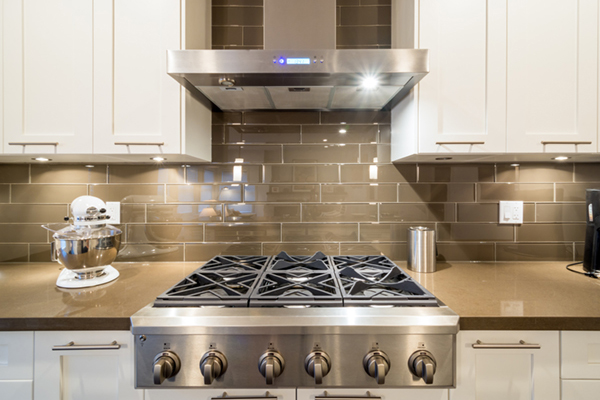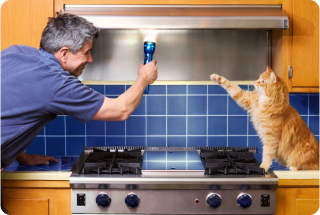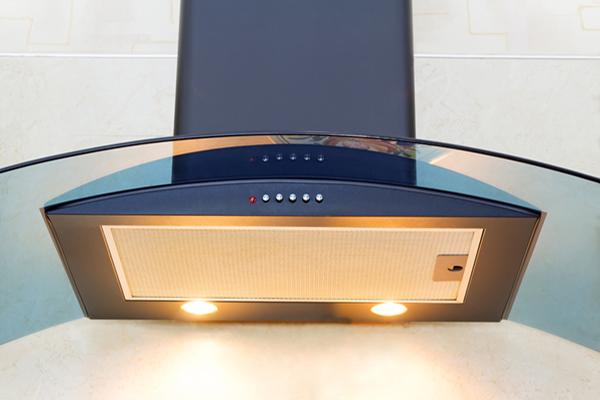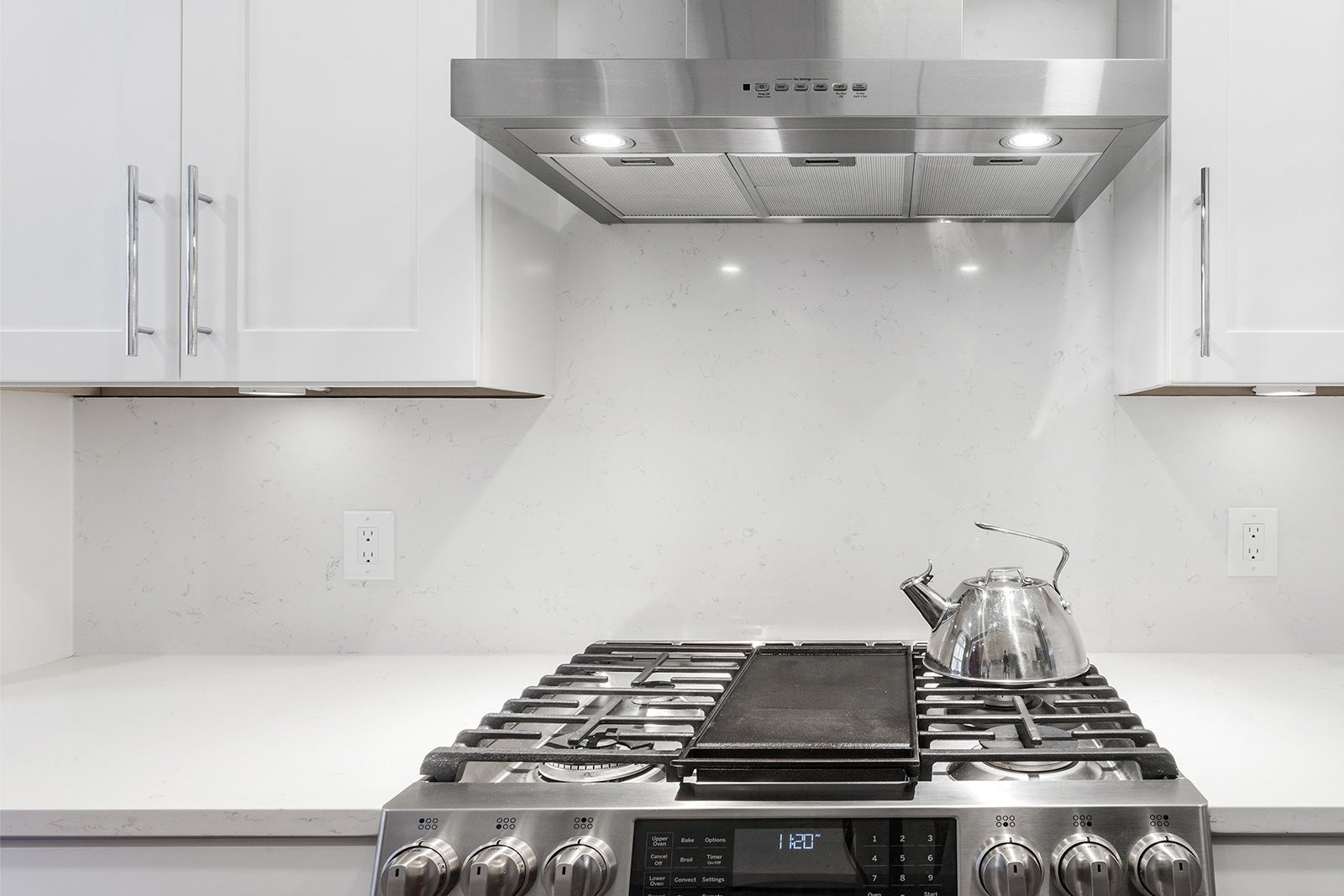When you’re cooking, smoky flavors are often a welcome addition to a tasty meal. But a smoky kitchen? Never welcome. That’s why kitchen range hoods are so important as they remove smoke, odors and excessive moisture from your kitchen. But to be effective, you need a range hood that moves enough air. Just as you need a heating system that generates proper airflow. How do you determine this? Through CFM, or Cubic Feet Per Minute .
What is CFM?
CFM is a measure of airflow, commonly used to describe the capabilities of heating, ventilation and air conditioning systems.
How many CFM do you need?
First, keep in mind that one with too few CFM won’t provide adequate ventilation and one with too many won’t be energy efficient as the range hood will pull too much air from your kitchen. Sounds confusing, but don’t worry – with a little help, you’ll come to a CFM range that’s right for your needs.
- Consider the heat output of your range.The Home Ventilating Institute (HVI) recommends dividing the BTU rating of your stove by 100 to arrive at a minimum guideline for CFM rating. Example: A range that can produce 35,000 BTUs requires a range hood with a CFM rating of 350 or higher.
- You can also determine CFM based on your stove’s width. If your stove sits against a wall, you should provide 100 CFM of airflow for linear foot of range. So a 24 inch wide range would require a hood with 250 CFM or greater.




